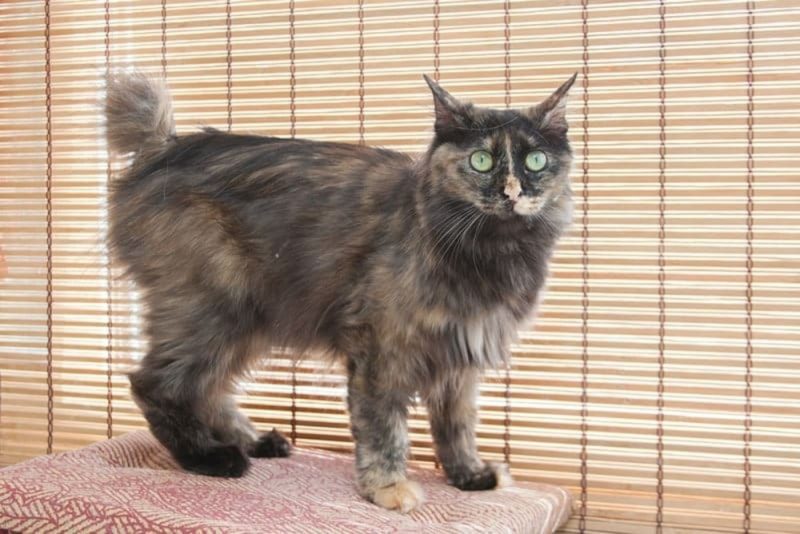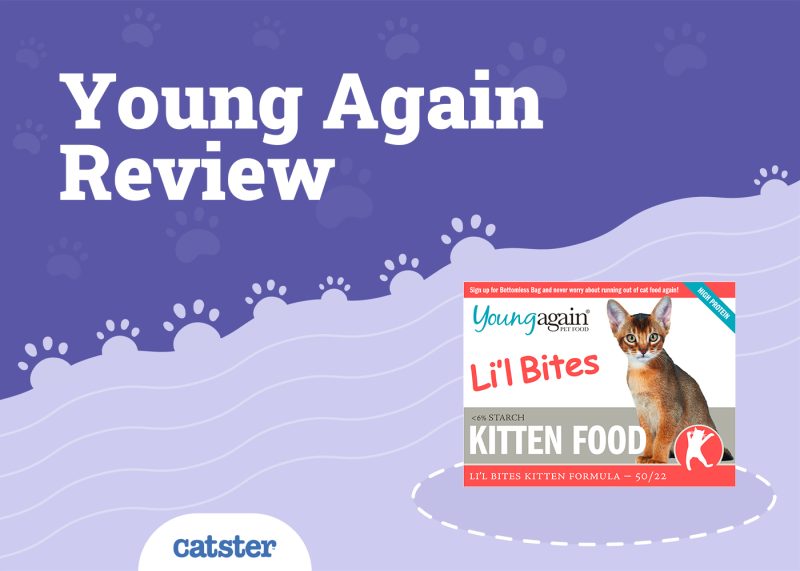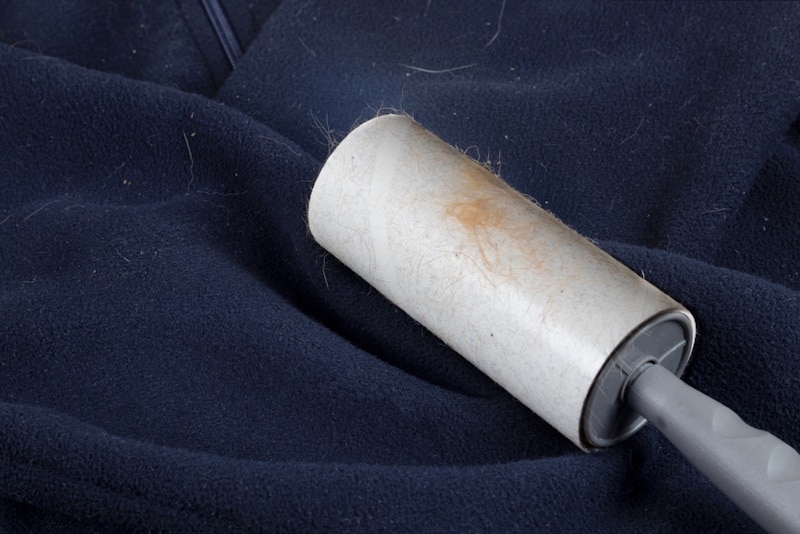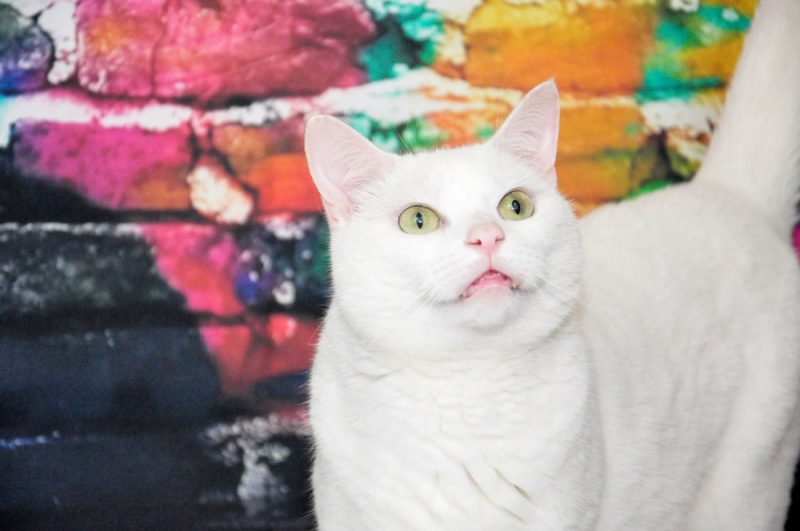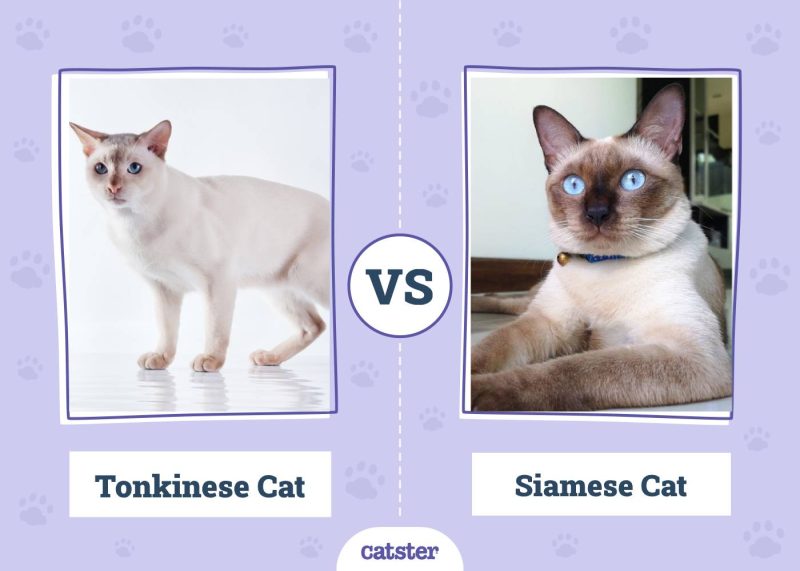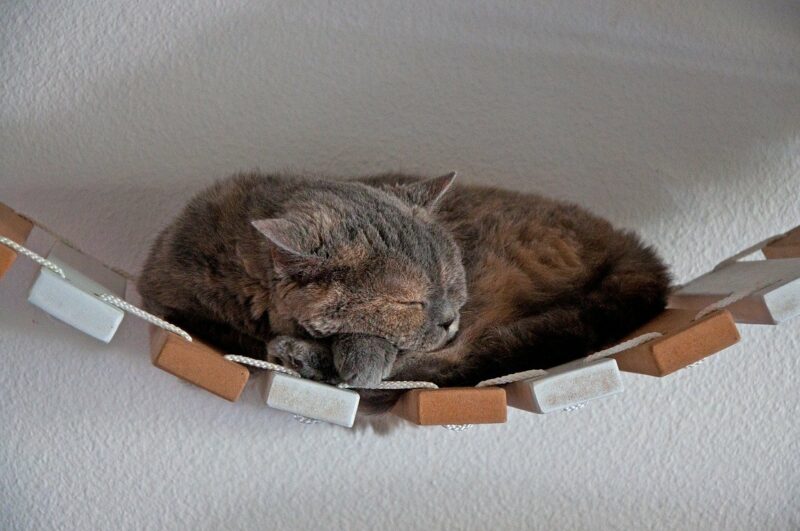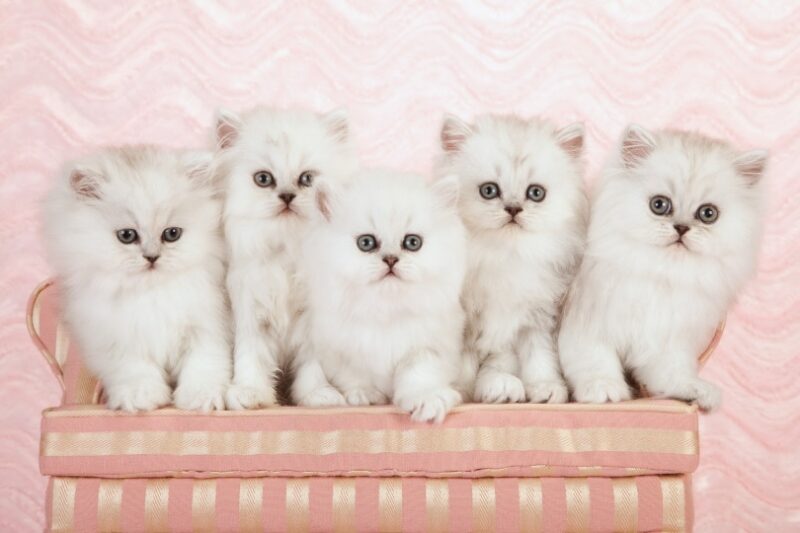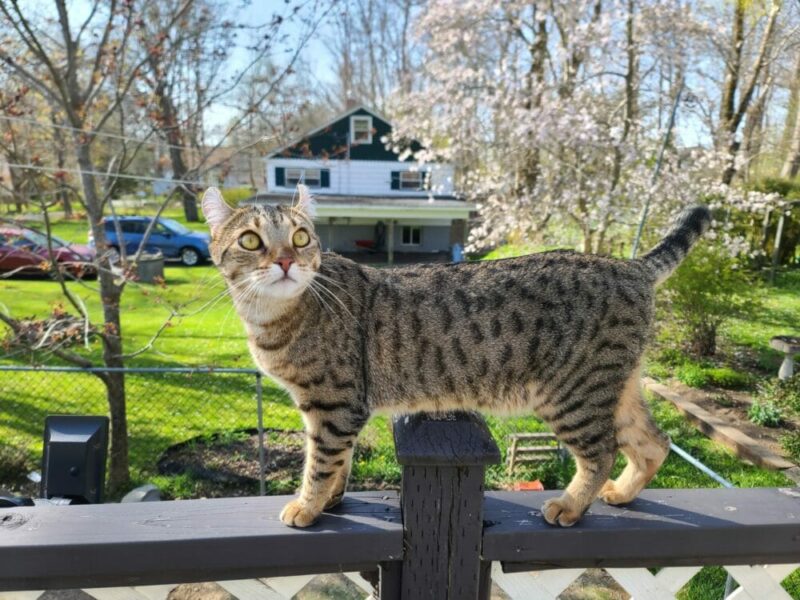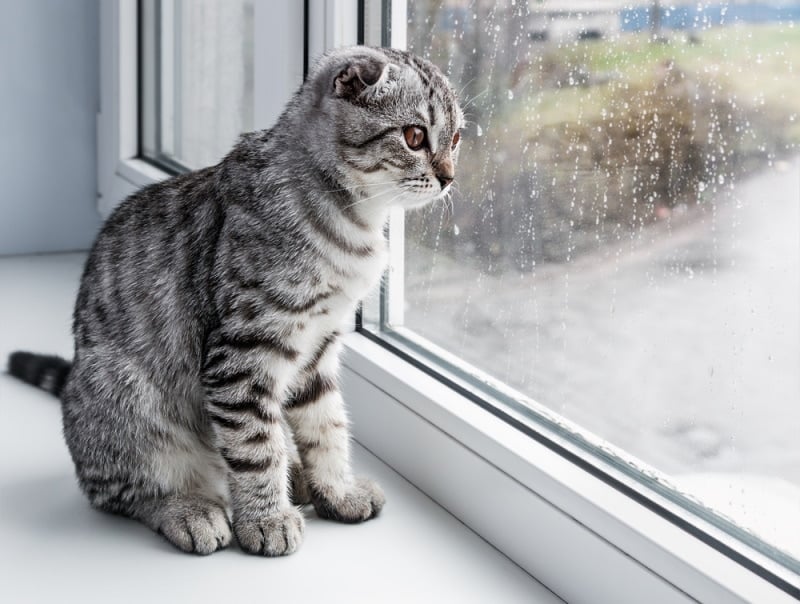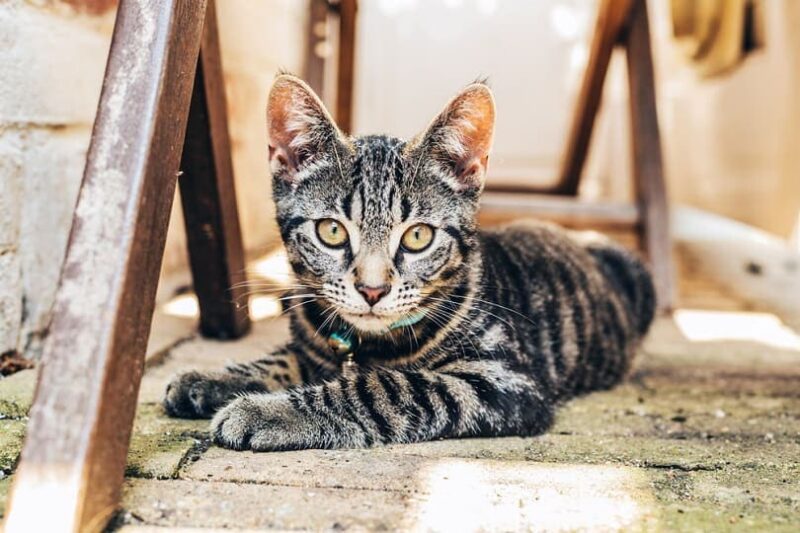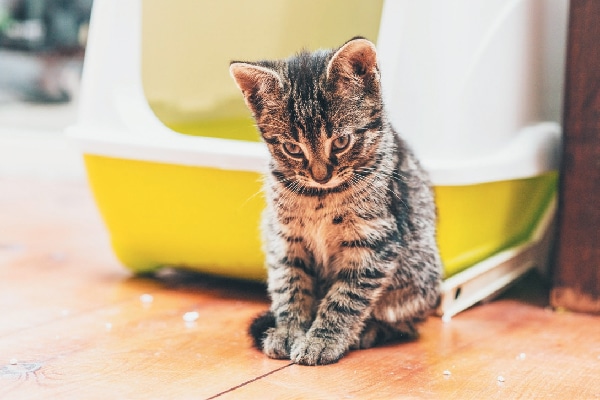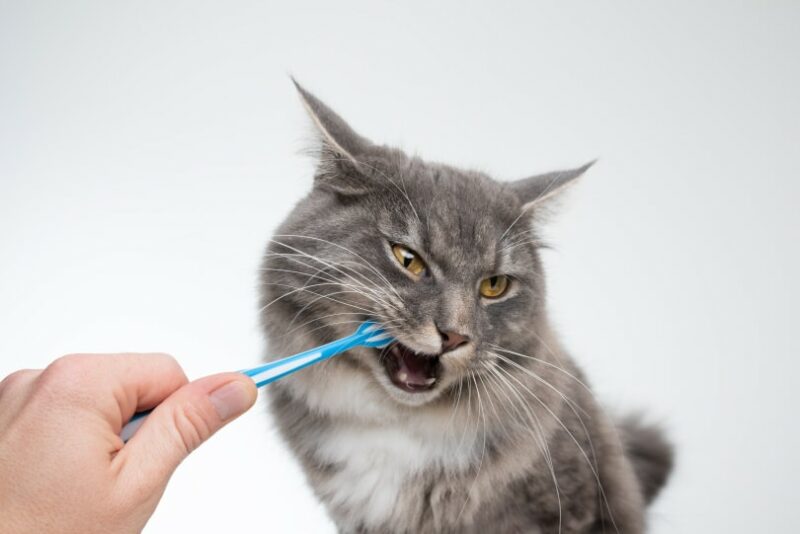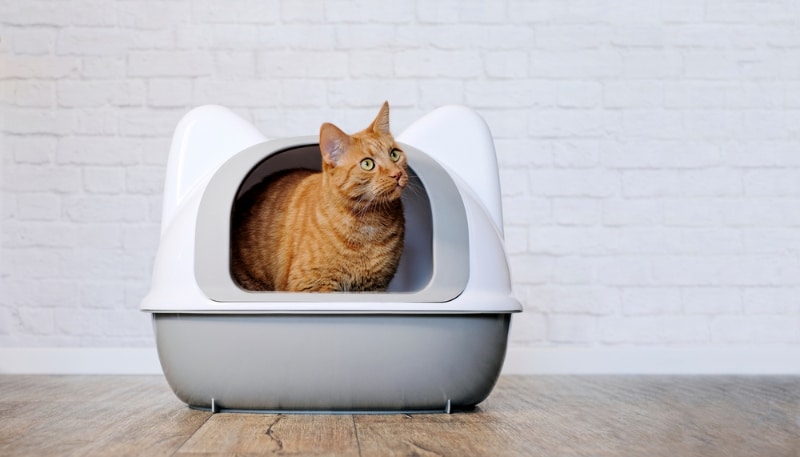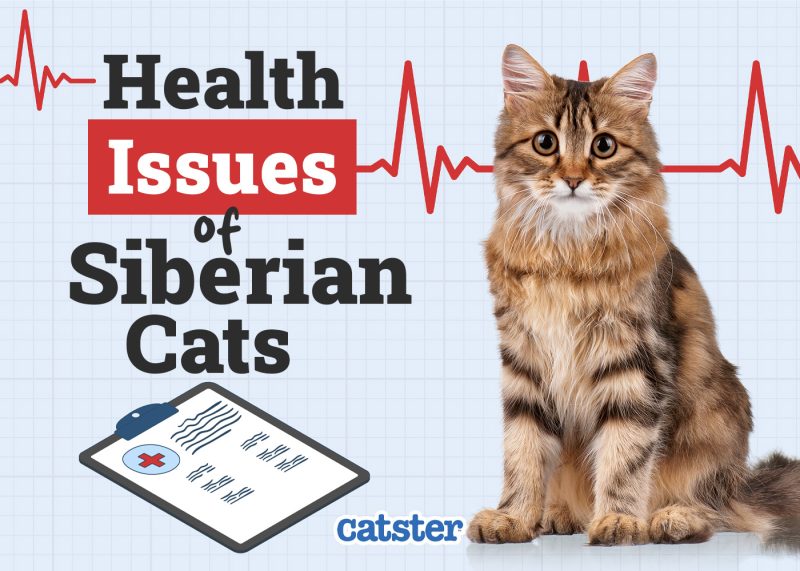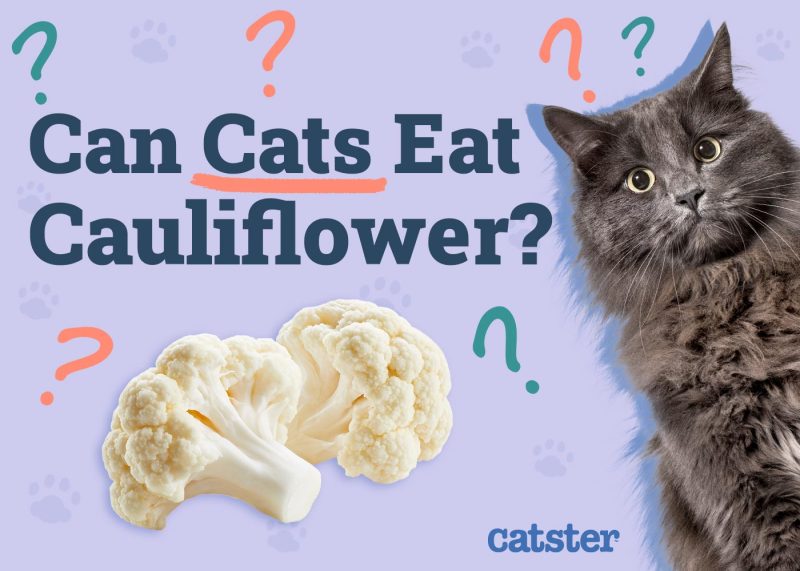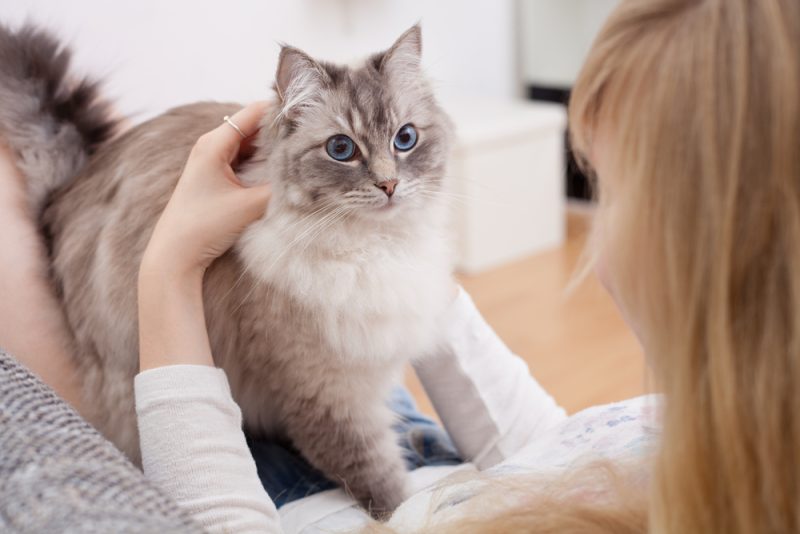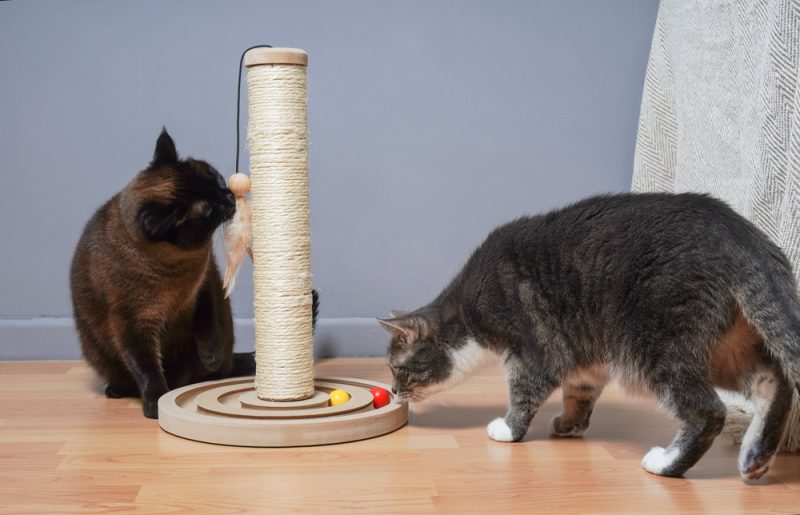In this article
View 8 More +The Kurilian Bobtail cat is relatively unknown to the US, but it’s popular in its area of origin (Russia and Europe). This big cat has a truly unique bobtail that was naturally developed, meaning it evolved its own bobtail without any human intervention! This makes the Kurilian Bobtail look wild and Lynx-like (especially the long-haired variety), but they’re one of the most gentle and friendly cats around. Read on to discover all there is to know about owning this one-of-a-kind breed.
Breed Overview
Height:
9 – 12 inches
Weight:
8 – 15 pounds
Lifespan:
15 – 20 years
Colors:
All possible color combinations and patterns except dilutes (chocolate, lilac, cinnamon, and fawn)
Suitable for:
People who want a “wild-looking” cat that loves their family, those who want an outgoing and independent cat
Temperament:
Intelligent, loving, independent, trainable, playful, gentle
The lynx-looking Kurilian Bobtail originates from the Kuril Islands of the Pacific Ocean, where it developed its signature short-tailed look independently of human intervention. This tail could have shortened due to the effect a long, swishing tail has on hunting (Kurilian Bobtails are excellent hunters), but no one truly knows why this tail-shortening happens.
Kurilian Bobtail Characteristics

Kurilian Bobtail Kittens
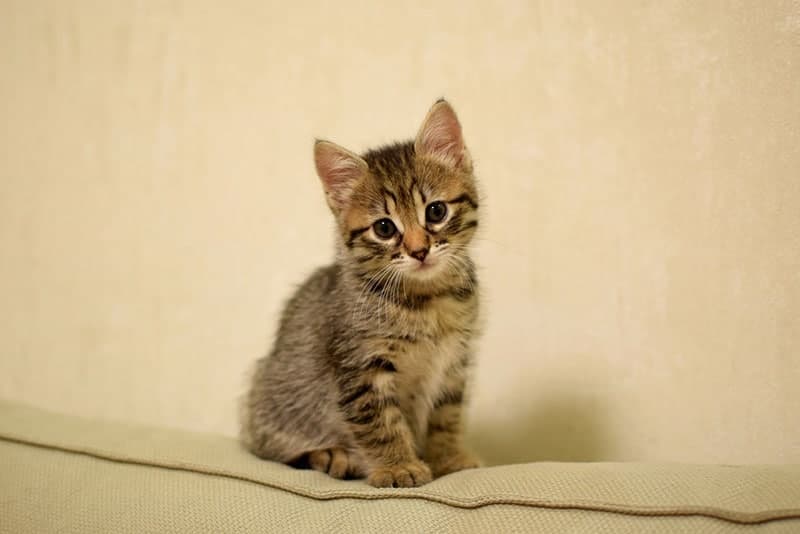
Because of the scarcity of Kurilian Bobtails in the US (TICA states that only around 100 individuals are registered), it can be difficult to source a kitten. You may have better luck importing a cat from Europe, but adult cats or cats for rescue will be almost impossible to come by outside the continent. There are a few breeders of these rambunctious kittens in the US, and each kitten sells for between $1,000 and $3,000. They’re not cheap! Kittens are always adorable, but the tiny tails of the Kurilian Bobtail add an extra element of sweetness. They’ll need socialization as any cat would, but the Kurilian Bobtail kitten is usually very active and interested in everything. They have high energy needs, so they need an outlet in the home; make sure plenty of large scratching posts are available!
Temperament & Intelligence of the Kurilian Bobtail
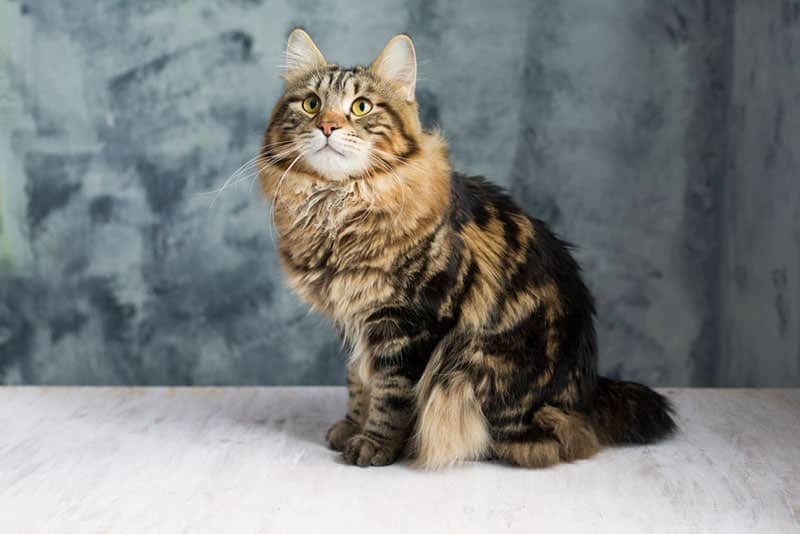
The Kurilian Bobtail is a highly intelligent breed that’s intuitive and ready to learn. This intelligence is bolstered by the fact that they love people, often hanging around their families at any chance. That’s not to say the Kurilian Bobtail is clingy; on the contrary, these cats are independent and are perfectly happy being by themselves.
They’re not prone to separation anxiety (if socialized properly) and aren’t Velcro cats, but they’ll always want to curl up on your lap for a cuddle if you let them. They have a high prey drive and are as active as their wild ancestors, so training with toys is an excellent way to bond with them. Because they’re smart, most Kurilian Bobtails pick up training quickly, and they’ll love your bonding time with them.
Are These Cats Good for Families?
Kurilian Bobtails are excellent for busy families as they are independent, loving, and affectionate. For a family with other commitments, the Kurilian Bobtail could be the perfect pet: they’ll happily wait for you at home if you go out with the kids as long as they have plenty of toys and activities to keep them stimulated, and they’ll shower you with affection when you return. They are easily trained and come in a short-haired variety for those with less time for grooming.
Does This Breed Get Along With Other Pets?
The Kurilian Bobtail is generally adaptable and can get along well with cats, dogs, and other household pets if well socialized. However, they are excellent hunters with a high prey drive; small pets should never be left alone with a Kurilian Bobtail. Kurilian Bobtails are also excellent climbers, so make sure any small animal cages are well-secured out of reach. Because they’re medium-large cats, they get along well with bigger dog breeds as well as smaller ones. They’re also gentle and laid-back, which makes them likely to be peaceful toward other cats and dogs.

Things to Know When Owning a Kurilian Bobtail:
Kurilian Bobtails aren’t like your average cat. While not wild, they retain some wild traits that make them very active cats. Considering the cost of care, exercise needs, and grooming (of long-haired varieties) is important before you take the plunge and purchase one, especially since they’re so expensive!
Food & Diet Requirements 
Kurilian Bobtails are domestic cats that need a high-quality, high-protein diet. They can do well on wet and dry food, but wet food can help them stay hydrated to keep their kidneys and bladder healthy. They are very active, so they often don’t have trouble with weight gain; keeping them on a diet suitable for large cats and feeding them according to weight and body condition (your veterinarian can help you assess what’s best) should keep them trim.
However, all cats are at risk of becoming obese if overfed, so give them plenty of opportunities to exercise and give them treats sparingly. Your Kurilian Bobtail should always have access to fresh water, but some Kurilians may prefer a running water source such as a water fountain since they have an affinity for fishing!
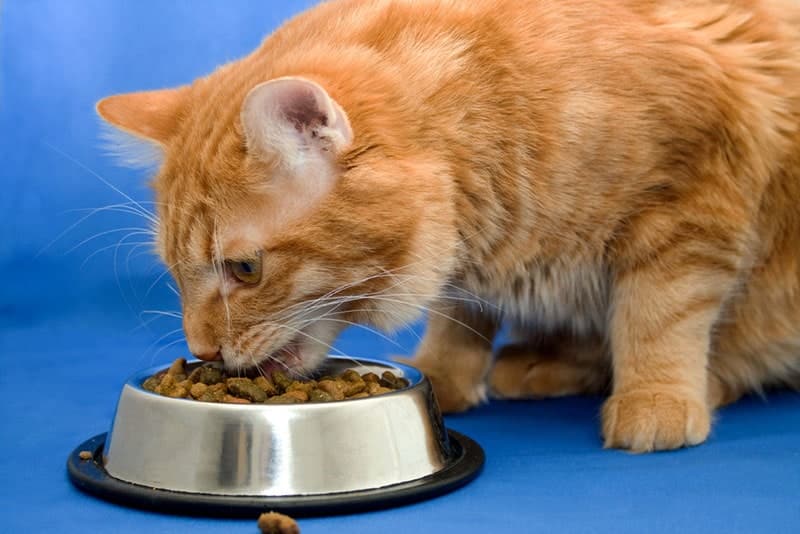
Exercise
Kurilian Bobtails are energetic cats, so they need access to toys, activities, and space to keep them adequately exercised. Owners have many options for physical activity, such as building a catio or taking them out on a cat harness.
If you don’t have access to outdoor space, trying out a cat exercise wheel (often used for breeds such as Savannah cats) can be an excellent way for your Kurilian Bobtail to get their steps in. Exercise wheels offer mental and physical stimulation, and your Kurilian can decide when to use them! No matter what you decide, all cats should have plenty of toys to play with in the home to keep them entertained.
Training
Kurilian Bobtails are very intelligent cats, and training is usually a breeze for them. Finding their motivator is key during training, but sometimes a simple “no” command is enough to teach the Kurilian not to do something! They can master more advanced tricks such as playing fetch, sitting, and giving paws, and they’ll likely love the training process as they get your undivided attention. Training is useful in teaching them to stay still for grooming, and it can be useful to train them to allow their feet to be touched for claw clipping. Remember to keep training sessions short, fun, and positive, and you’ll likely get great results with the Kurilian Bobtail.
Grooming ✂️
If you have long hair or semi-longhair Kurilian Bobcat, you’ll need to brush them daily. Short-haired Kurilian Bobtails will only likely need to be brushed a few times weekly to keep their coats glossy. Nail clipping will become more important as your Kirilian Bobtail gets older, so clipping their nails once a month from kittenhood will get them used to the process and keep their nails healthy. Teeth brushing is also vital since many Kurilian Bobtails suffer from dental disease by age two; brushing with a cat-safe toothpaste from kittenhood can stave off most causes of tooth and gum disease.
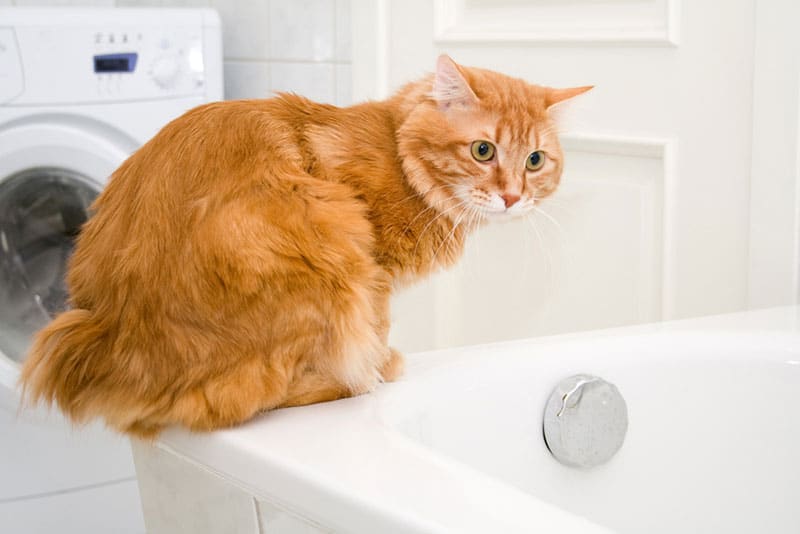
Health and Conditions
Luckily, the Kurilian Bobtail is pretty healthy compared to many pedigree cats. This is likely due to the natural development of the breed and their relative “newness” to the cat world. They suffer from the same health conditions all cat breeds are prone to as they age, such as dental disease, obesity, hyperthyroidism, and kidney problems.
Still, as a breed, the only real concern is any spinal problems arising from their short tails. In similarly short-tailed breeds (particularly the Manx cat), those with exceptionally short or no tails can suffer from a form of spina bifida. This malformation of the spine can cause paralysis of the hind limbs and urinary and fecal incontinence. However, the breed standards for the Kurilian Bobtail state that all tails must be over 3 inches at least to help combat this.
- Dental disease
- Obesity
- Potential for tail and spinal malformation (Spina Bifida)
- Hyperthyroidism
- Kidney disease

Male vs Female
There is a noticeable size difference between male and female Kurilian Bobtails, with the males being bigger and bulkier. Unneutered males will have rounded cheeks due to testosterone, whereas females will have more slender faces. This difference is so pronounced it’s allowed for in the breed standard, and Kurilian Bobtails can weigh as much as 7 pounds more than the females!
3 Little-Known Facts About the Kurilian Bobtail
1. The Kurilian Bobtail Is Possibly Related to the Japanese Bobtail
The Kurilian Bobtail has been on the Kuril islands for over 200 years. They were brought from the volcanic island archipelago to the Russian mainland in the mid-20th century, but many believe the Kurilian Bobtail is related to the Japanese bobtail.
2. They Are Excellent Hunters
Because of the importation of these cats into the Russian mainland, people in the 20th century quickly realized the excellent hunting prowess of the Kurilian Bobtails and put them to work. They were the favored domestic cats of the area due to their mousing capabilities and are still incredibly popular to this day. They’re used to control mice and other rodents threatening food stores, and they’ve even been known to fish!
3. Their tails Are Completely Unique
Each Kurilian Bobtail has a tail as unique as a human’s fingerprint. The Kurilian’s tail can be between two and 10 vertebrae long and come in three distinct forms: whisk, spiral, and snag. Each vertebra can angle out differently, and each has a different degree of articulation(movement), meaning each tail is 100% unique and can be flexible or stiff!
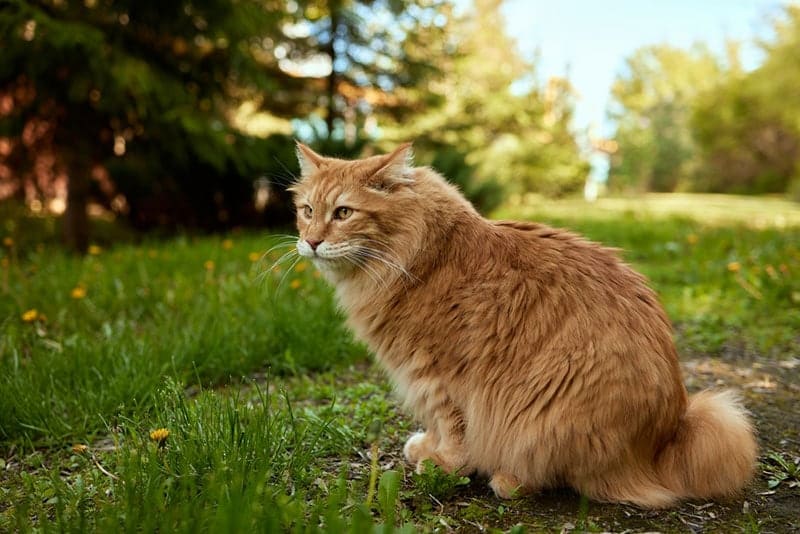

Final Thoughts
The Kurilian Bobtail is a unique breed that has stalked the islands of Kuril for at least 200 years, if not longer. These wild-looking cats are much more popular in Europe than they are in the US. With more publicity, however, these beautiful cats will surely gain a following in the US since they are as gentle and loving as they are lynx-like! They are skilled hunters and active cats, so vertical spaces and opportunities to exercise are a must for them. Although they’re difficult to purchase outside of Europe, they make excellent pets.
Featured Image Credit: TalyaPhoto, Shutterstock
